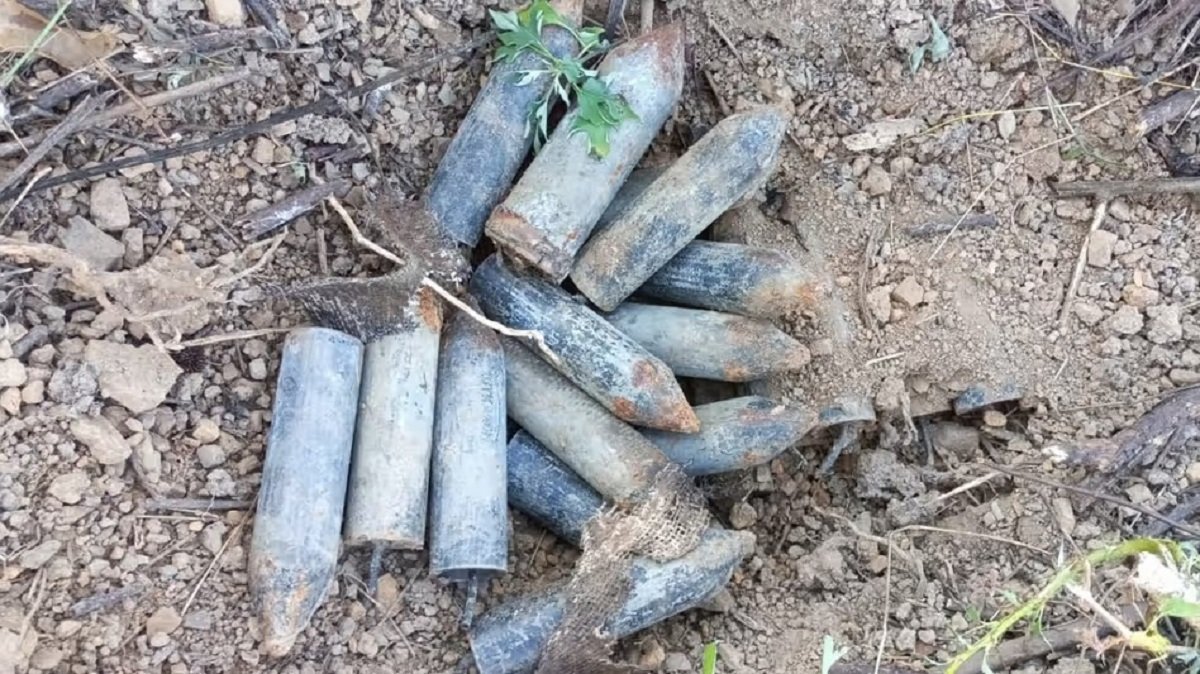Three Air Forces Central aircraft dropped 66 packages, or more than 38,000 meals, into Gaza around 8:30 a.m. EST (3:30 p.m. local). The parcels were discarded on a beach near Gaza’s southwest Mediterranean shore, according to a U.S. official. The preparation of the airdrop involved consultation with the Royal Jordanian Air Force, which reported that it conducted two food airdrops in northern Gaza on Saturday and had conducted several rounds in recent months.
“The joint operation comprised C-130 aircraft from the U.S. Air Force and the RJAF, along with Army soldiers who were skilled in aerial supply delivery, assembled bundles, and made sure food aid was dropped safely,” the U.S. Central Command stated in a post on “X,” a disused Twitter platform.
The U.S. Central Command stated that they anticipate this airdrop to be the first of several.
At least 115 Palestinians were killed and hundreds more injured in the strike on Thursday as they rushed for relief, according to the Health Ministry in Hamas-ruled Gaza. President Joe Biden stated on Friday that the United States will start airdropping food to the famished people in Gaza.
About thirty vehicles carrying help to the north before morning were hurriedly delivered by hundreds of people. Palestinians said that Israeli forces firing into the crowds were nearby. Israel said several of the victims were trampled and stated they fired warning shots toward the throng.
The purpose of the airdrops, according to White House national security spokeswoman John Kirby, is to safely and expeditiously provide essential humanitarian aid to those in need on the ground. Although the United States thinks the airdrops would help alleviate the severe situation in Gaza, trucks are a considerably more effective means of delivering relief, and Thursday’s events also highlighted the hazards associated with ground transportation.
According to Kirby, the benefit of airdrops over vehicles is the speed at which planes can transport relief to a specific spot. However, the airdrops will serve as “a supplement to, not a replacement for moving things in by ground” in terms of volume.
Because the C-130 can land in harsh conditions, it is frequently utilized to transport help to isolated locations.
Up to 42,000 pounds of freight may be airlifted by a C-130, and its personnel are skilled in rigging the cargo—which occasionally even includes automobiles—onto enormous pallets that can be securely dropped out of the aircraft’s rear.
When the C-130 reaches the designated delivery zone, Air Force loadmasters use netting that is set up for release to tie the bundles onto pallets, which are subsequently released by crew members using a parachute.In addition to being used in the yearly multi-national “Operation Christmas Drop,” which airdrops pallets of toys, supplies, nonperishable food, and fishing equipment to remote locations in the Federated States of Micronesia and the Republic of Palau, the Air Force’s C-130 has previously been used to drop humanitarian aid into Afghanistan, Iraq, Haiti, and other places.
With the exception of a little amount of help that enters Israel through the Kerem Shalom crossing and the Rafah border from Egypt, Israel has prohibited the entry of food, water, medication, and other supplies since the conflict started on October 7.
According to the UN, 25% of Gaza’s 2.3 million residents are at risk of famine. According to relief workers, airdrops should only be used as a last option and are not a reliable way to deliver aid.





